Try This Simple Stocking Rate Assessment as You Begin Regenerative Ranching
How do you know how many head of grazing livestock your ranch can support while still taking good care of your land? Hugh Aljoe of Noble Research Institute discusses overstocking, overgrazing and a quick way to take stock of carrying capacity.
During Noble’s courses on regenerative ranching and regenerative grazing, our facilitators often get questions about how to know what the proper stocking rate should be. What’s the right number of livestock to have on your property for a given length of time? How do you know if you’re overstocked?
Let’s start with understanding the concepts involved, then we have a suggested method that can supply a ballpark answer on stocking rate to help ranchers get a good start with regenerative ranching and grazing.
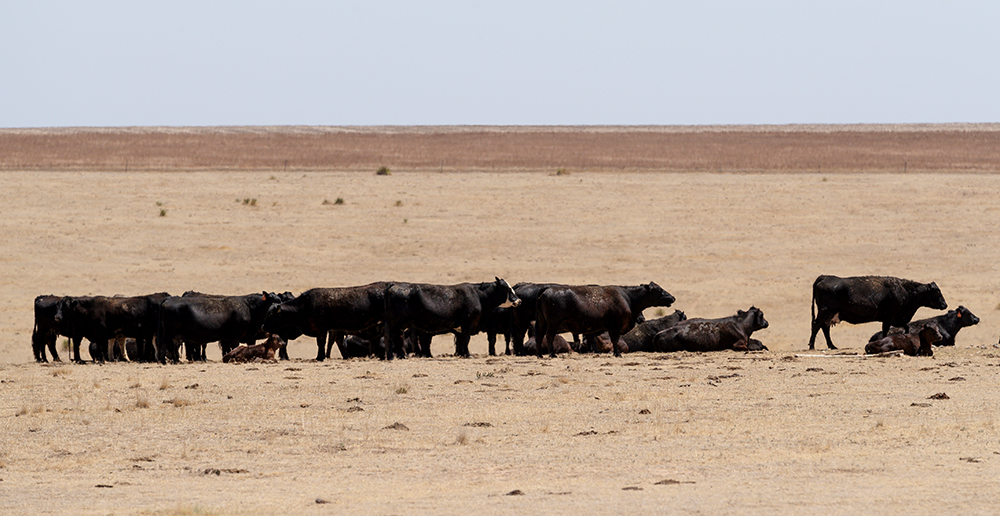
Being “overstocked” is not the same as “overgrazing.” Neither is desirable.
When it comes to grazing-land stewardship on a ranch, there are two concepts that need to be fully understood and managed: “overstocking” and “overgrazing.” These two terms are often used interchangeably, but they are two very different conditions.
Being overstocked is the condition of carrying more livestock than the land resource can sustain either short-term or long-term. The term overstocked is applicable to the property or land resource under grazing management.
Overgrazing pertains to the plants being grazed. It is the repeated grazing of a plant before it has fully recovered from a previous grazing event. Overgrazing occurs one plant at a time. Overstocking occurs one management unit (pasture or ranch) at a time.
There are situations where pastures are both overstocked and overgrazed – no surprise. However, contrary to conventional thought, pastures can be understocked and overgrazed at the same time. This is often the case when a rancher sets a conservative stocking rate for a ranch, yet the grazing approach applied is either continuous grazing or rotational grazing with only a few pastures. In these cases, pastures will have both undergrazed and overgrazed plants present. The more-preferred plants are repeatedly grazed, while the less-preferred plants are left ungrazed until the livestock are out of the more-preferred plants. Over time, the preferred, heavily grazed plants have reduced energy resources and vigor and eventually die because they never had the opportunity to recover.
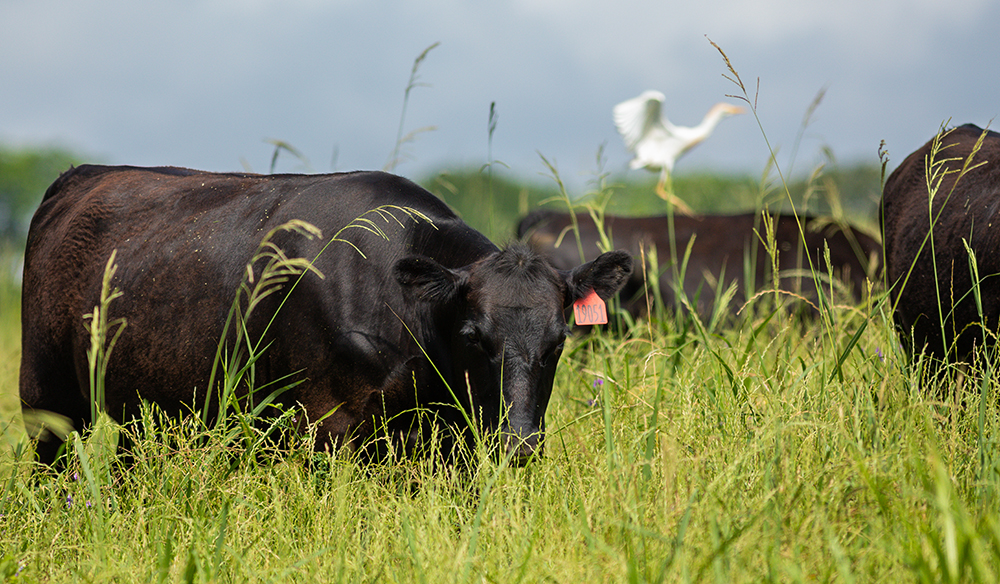
Stock appropriately for your land resource
When we approach regenerative grazing, our objective is to be stocked appropriately for the weather events and conditions of the land resource. We also need to graze the pastures appropriately, allowing them periods to rest. Proper stocking and grazing management allows for more uniform utilization of all the plants, minimizes repeated grazing of plants during a grazing event, and allows full recovery of more-preferred plants (which usually require longer recovery periods than the less-preferred plants).
The first step in regenerative grazing is to be sure we are not overstocked – to be sure our initial stocking rate is not greater than the current carrying capacity. In this context, carrying capacity is defined as the amount of total forage produced over time that can be comfortably allocated to grazing livestock in a specific area.
Determining an accurate carrying capacity can appear to be a complicated process, due to the number of variables involved. These variables include assessing total forage production based on:
- total number of grazeable acres
- estimates of actual forage production by pasture and soil type
- forage type
- forage management
- precipitation and weather conditions
- distance from water, etc.,
and then allocating a percentage of the total production for grazing (for example, 25% grazing utilization for native range, 50% grazing utilization for introduced pasture). While doing this thorough assessment at some point is important, we don’t want it to be an impediment to trying and succeeding at regenerative ranching.

To assess overstocking, look at how much hay you feed
The good news is there is a simple assessment you can use to determine if you are stocked at a level greater than your carrying capacity, based on current management and current weather conditions. Looking at the amount of substitute hay you feed per year can be a good indicator of your grazing management and your stocking situation.
Hay feeding to increase carrying capacity means a producer is supplying forage, usually purchased, to substitute for the lack of enough natural forage production on the ranch. That’s what we need to take a hard look at.
For every one month of hay that is fed above what is planned (assuming economic feasibility of the hay), the ranch is overstocked by at least 8.3%. By the same token, for every one month that livestock are made to “hustle” for forage on range or pasture (hustle being defined as livestock grazing behavior to find the next bite of forage after most of the leaf material has been removed from a pasture), you’re also overstocked by at least 8.3%. The 8.3% is simply one month divided by 12 months times 100%.
If a ranch is stocked correctly, there would be enough grazeable forage at the end of the growing season to last until spring green-up. In fact, grazeable forage ideally should last 30 days into spring. That way, livestock can graze last year’s forage (with some new growth within the stand), while the already grazed pastures recover or regrow at the beginning of the growing season.
Granted, for most producers, there will likely be a need to feed some hay for extreme conditions or occasional situations where hay is required or desired. In some climates, hay is required during the winter due to the depth of snow cover; elsewhere bale grazing is used for desired hoof impact. However, for many producers, especially in the South, hay is an expensive means to increase the carrying capacity. That is the reason producers should carefully evaluate the cost of hay and minimize the need for substitute hay feeding.

Overstocking can take a toll on ROI and your land resource
Substitute hay feeding does not apply only to the additional livestock numbers stocked above carrying capacity. It applies to ALL the livestock on the ranch.
Consider a ranch with a carrying capacity determined to be 100 cows, but the current herd consists of 120 cows that are being fed hay for 1.5 months. At a stocking rate – the number of livestock present on a property for a given amount of time — of 100 cows, no substitute hay feeding is required. However, at the actual herd size of 120 cows, it is not just the extra 20 cows that require hay; all 120 cows will need to be fed hay.
Let’s generalize and assume one round bale of hay per month of hay feeding. Then realize that the extra 20 cows cost the ranch not just 20 cows x 1.5 months of hay, but 120 cows x 1.5 months of hay, and this equals an extra 180 bales. At $100/bale delivered and fed, that is an extra $18,000 of direct cost to the cow enterprise, or $900 for each one of those 20 cows over carrying capacity.
Will the calf production of the additional 20 cows cover all their other direct costs plus the additional $900? Not likely, even in a good cattle market. There is an argument that one can prorate the cost of the hay across all the cows as one examines the enterprise. But take a critical look at the incremental increase in costs relative to the increase in revenue as well as the implications to the land resource of overgrazing– the whole picture.
In regenerative ranching, we assess both the direct cost and the cost to the land and ecosystem. There is a point of diminishing returns for both economic and ecologic outcomes where the additional units of production cannibalize the returns to the resource. Unfortunately, it is usually after the fact that we ascertain that we have passed that point of diminishing returns.
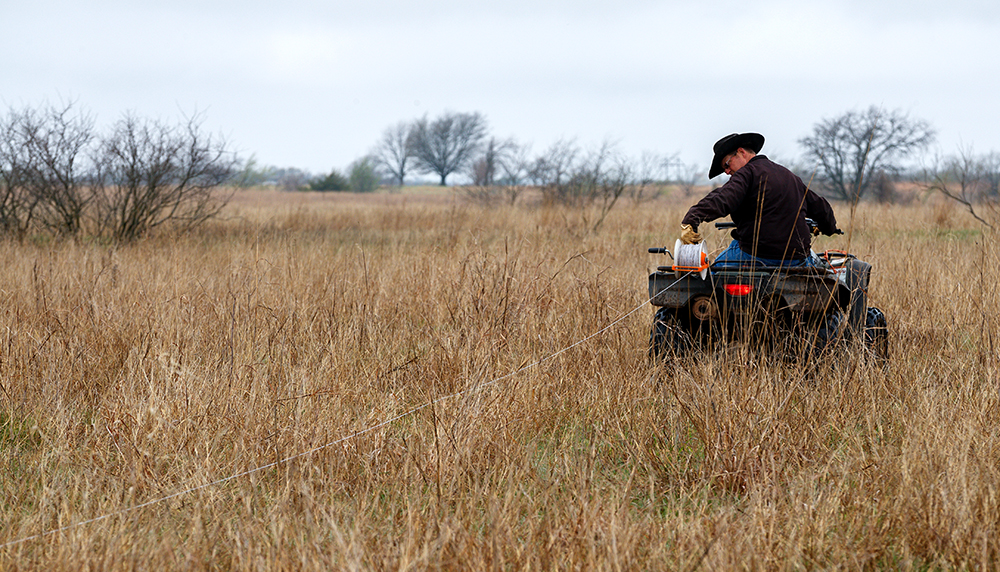
Start regenerative ranching with stocking rate below carrying capacity
When you begin regenerative ranching and practicing regenerative grazing, you should give yourself the best opportunity to succeed. A great place to start is by ensuring that the stocking rate on the ranch is below the carrying capacity of your pastures and other growing forage.
Use this simple assessment of fed hay and “hustle” as a quick way to know your carrying capacity and adjust the stocking rate of your ranch as needed. It can help you determine a safe place to begin your regenerative management on your grazing lands.
For more information, see the Noble articles Proper Livestock Stocking Rate Supports Operation, Wildlife and 10 Things You Should Do To Get Started With Regenerative Grazing.
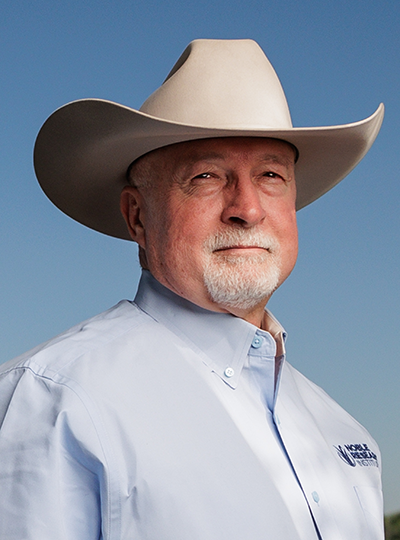
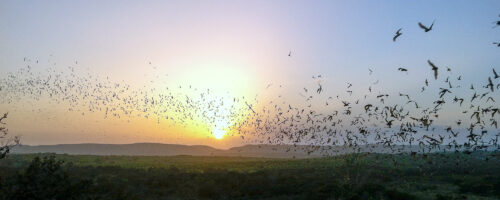
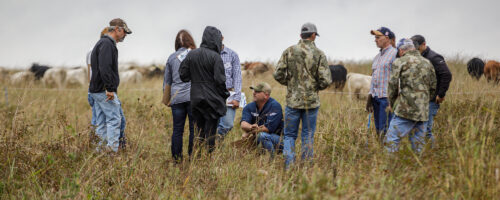
Comment